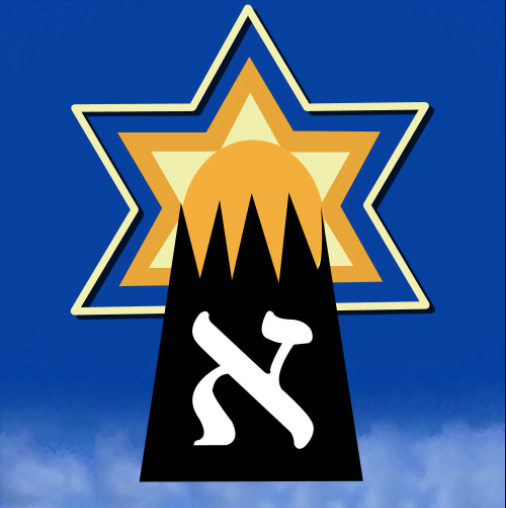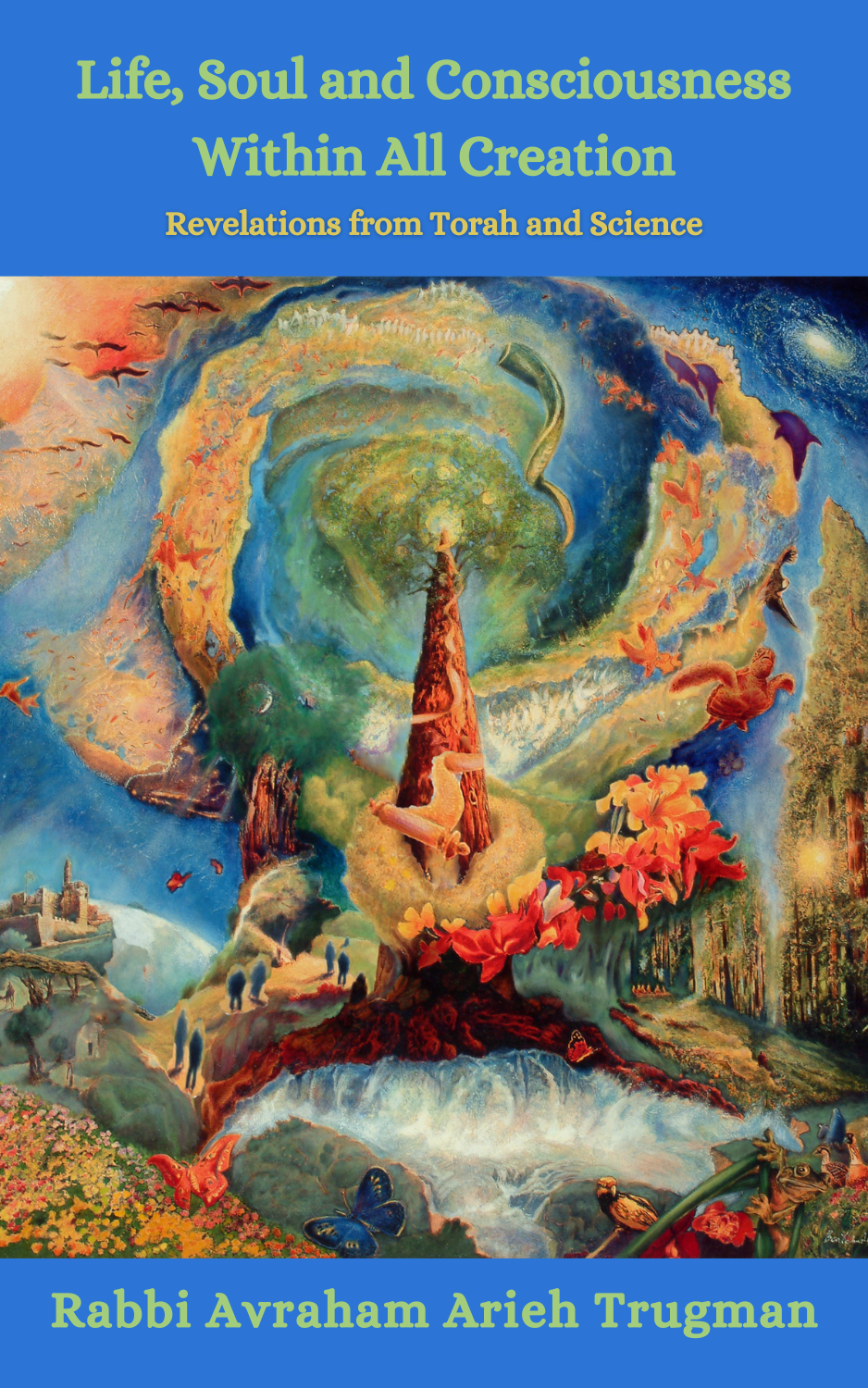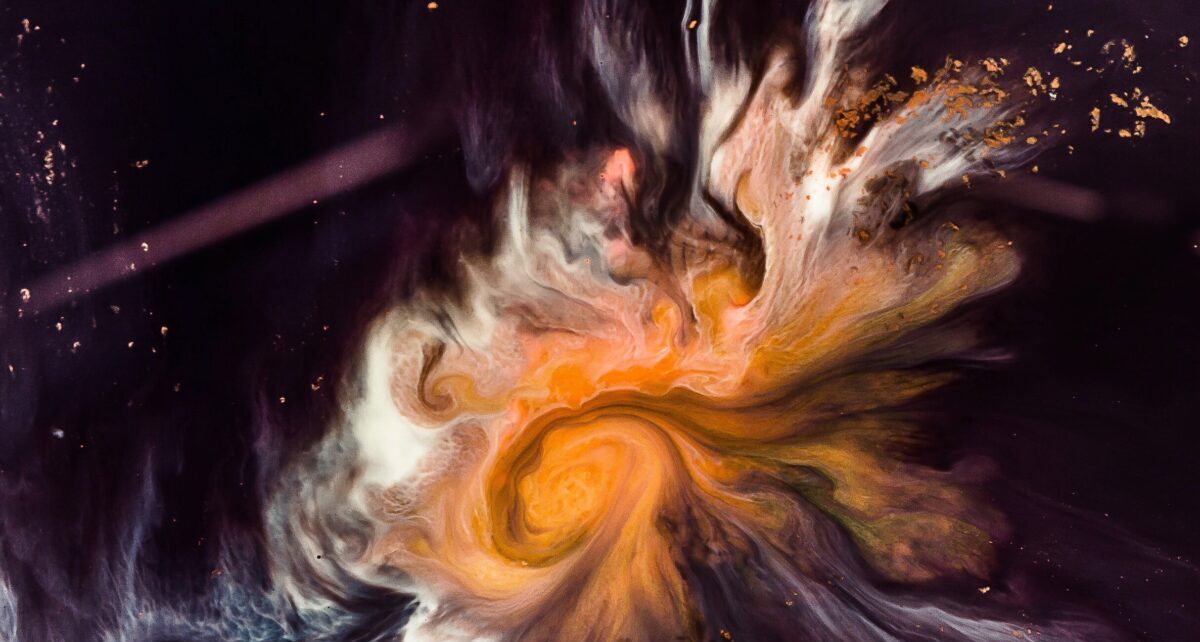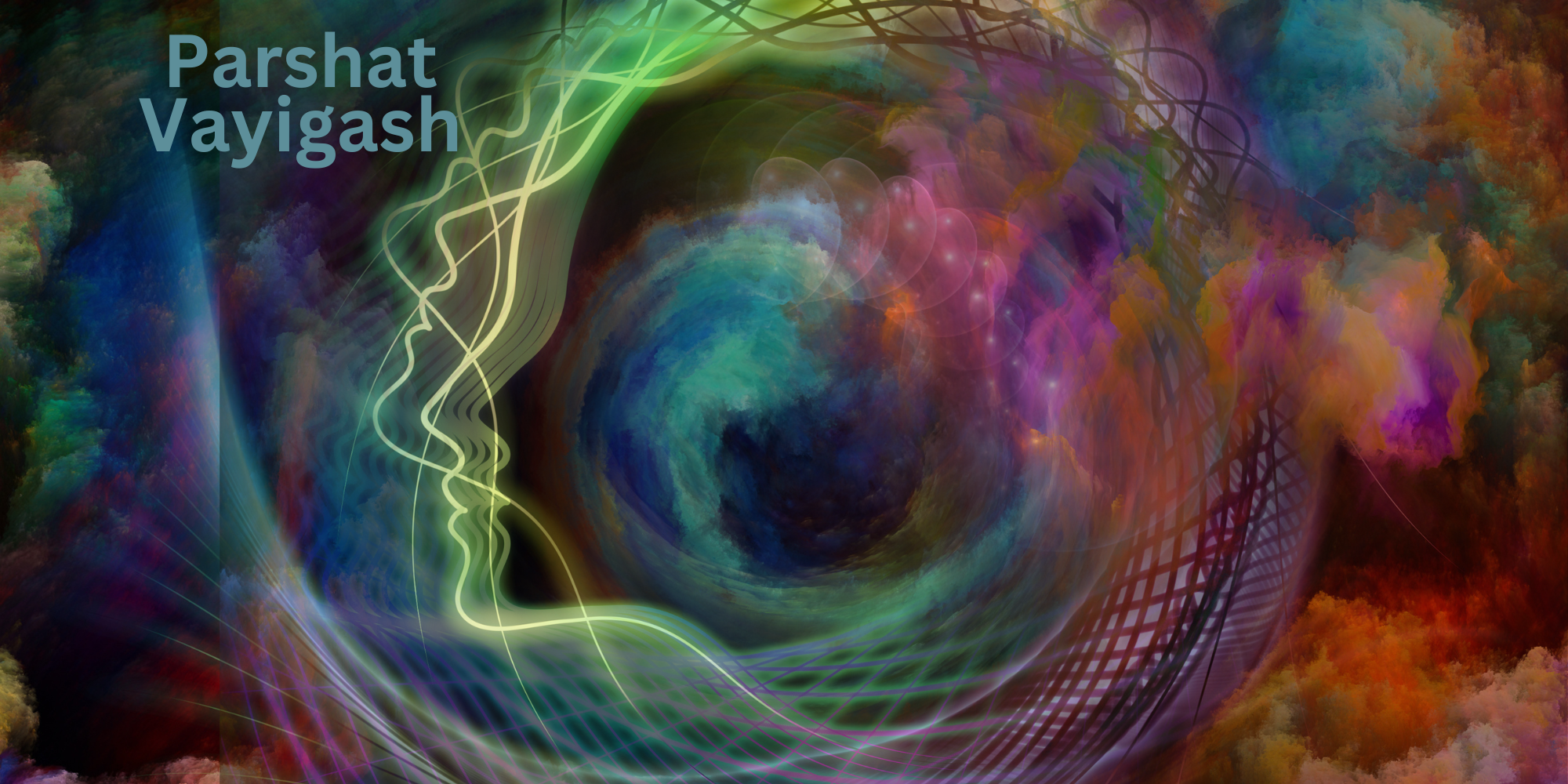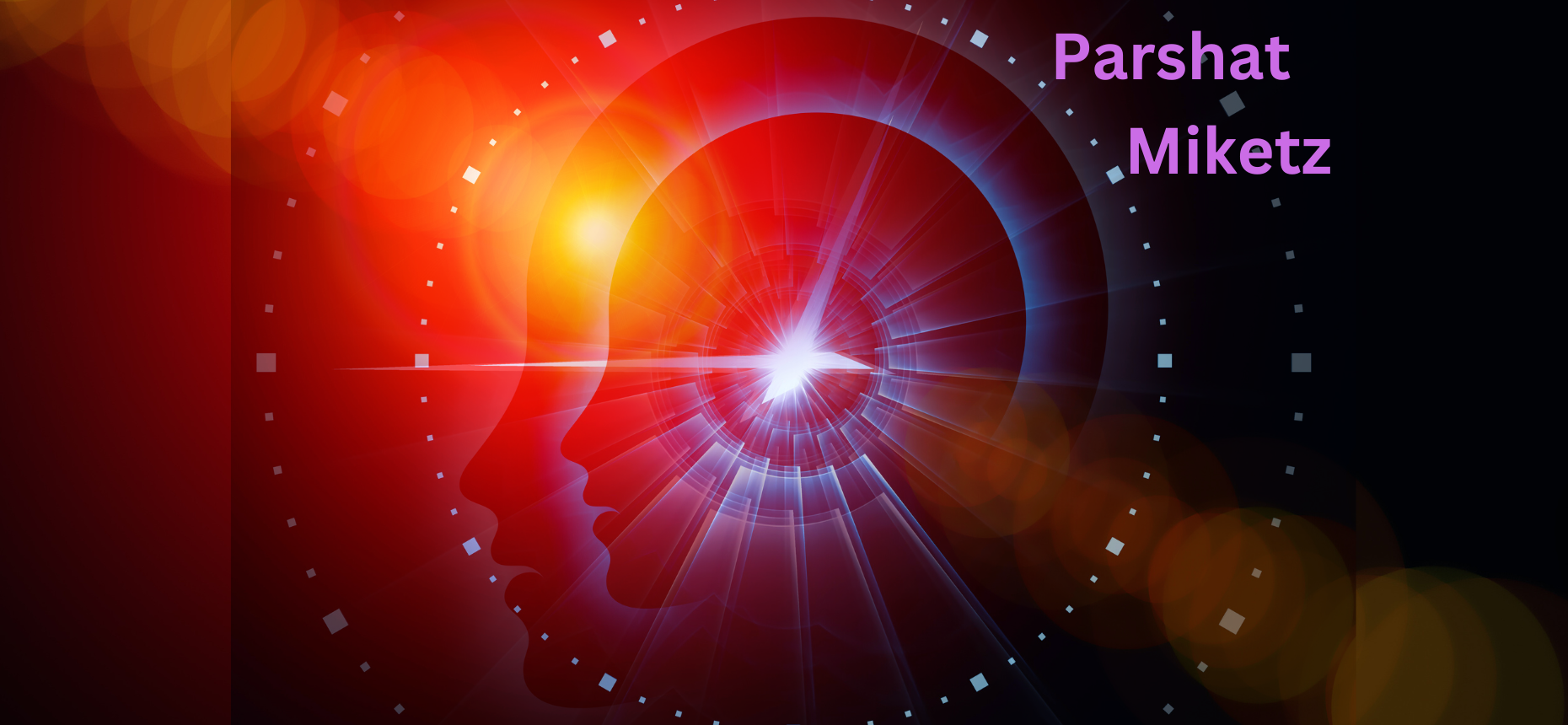Throughout Jewish thought light is associated with human intellect, soul, and consciousness of the Divine. The ability to think abstractly, philosophically, and in a complex manner differentiates man from other life forms. The last two centuries especially have seen an explosion of human achievement in the fields of science, technology, communications, medicine, transport, and the instantaneous access to information. Most of these advances are linked to man’s ability to harness and use the electromagnetic force.
Discoveries concerning how the brain functions have taught us to look at the connection between light and the intellect from a new perspective. We now view the brain as an incredibly complex communication center, a sort of supercomputer, processing and responding to an immense amount of input every second. The brain contains hundreds of billions of neurons, specialized nerve cells that process and transmit information through a complex interaction of chemical messengers and electrical signals. The brain is, quite literally, an electric transformer, a pulsating system of live wires of light.
Since human brains process new information in the form of electric impulses transmitted by neurons, the phrase “seeing the light,” once understood metaphorically, can now be understood literally. As we reach new intellectual insights, we literally “see the light.”
On a more spiritual level, “seeing the light” or being “enlightened” means becoming aware of the Divine intelligence that pervades literally every moment in time and every point in space in the universe. Every atom and every cell is encoded with this literally mind-boggling intelligence. The clearer the physical laws of the universe become to us, the more we are drawn to understand the hidden and unified spiritual force behind the material world. Maimonides taught that if we want to understand God we need to comprehend and appreciate the world created by Him (Mishneh Torah, Hilchot Teshuvah, 10:6). All existence is in truth the ongoing manifestation of God’s Divine wisdom, and, in fact, the Targum Yonatan, a two thousand year-old translation of the Torah into Aramaic, renders the first verse of the Torah as “With wisdom God created the heavens and the earth.”
In Judaism, studying the revealed will of God, the Torah, is considered the apex of intellectual activity and the soundest means for sharpening the intellect in preparation for comprehending God and His Creation. The popular maxim, “Turn it [the Torah] and turn it, for all is in it” (Pirkei Avot 5:26), expresses the belief that all knowledge and wisdom ultimately finds its source in the Torah. In essence, learning Torah with the right intentions opens us up to the Divine wisdom of Creation and to the ultimate source of that wisdom.
As we have noted above, since God is most closely associated with light, His Torah is called light as well: “For the commandment is a candle and Torah is light” (Proverbs 6:23). Through the study of Torah and the performance of mitzvot, a Jew himself becomes light by unifying with the light of God, truly fulfilling the verse, “The candle of God is the soul of man.” (Proverbs 20:7) The Zohar expresses the intimate and intrinsic bond between these three lights in the following declaration: “Three bonds are bonded together: Israel to Torah and Torah to God” (Zohar 3:73a).
One particular intellectual practice used throughout the ages to experience the light of God in a profound and penetrating manner is meditation. Jewish history, from the Patriarchs to the Prophets, from the Sages to the Chassidic masters, is replete with teachings regarding meditation. Jewish meditation, in effect, encompasses a host of activities: Torah study, prayer, introspection, music, dance, visualization, focused intent, and many other creative activities.
In its broadest sense the goal of Jewish meditation is to draw human beings closer to God. This may seem obvious, but in many forms of meditation the goal is self-realization and not necessarily attaining Divine consciousness or knowledge of God. Although self-realization is an important step on the road to higher consciousness, it is not an end in and of itself. In fact, man’s infatuation with self-awareness can become one of the major impediments, blocking him from attaining true knowledge of God. Therefore, although clearing the mind of extraneous thoughts and experiencing inner peace and tranquility is an important first step, it is not the ultimate goal of Jewish meditation, which strives for new insight and revelation. For this reason, in Kabbalah the lines between meditation, focus, intent, and concentration are largely, and intentionally, blurred.
Jewish meditation seeks to integrate both the intellect and the emotions in attempting to know God, as the Torah states: “You shall know this day and take to heart that God is God in the heavens above and the earth below, there is no other” (Deuteronomy 4:39). For Jewish meditation, experiencing Divine light is not another form of instant gratification, but rather provides new insights and wisdom that can then be integrated into life and revealed to the world.
In the evening prayers, we describe the study of the Torah’s words in the following way: “For they are our life and the length of our days and about them we will meditate day and night.” For the words of the Torah to be truly comprehended and integrated into our lives they need to be meditated upon. By doing so, each person, in accord with his or her own capabilities, reveals some of the Torah’s infinite layers of meaning and significance.
Indeed, by employing a mystical manipulation of the Hebrew alphabet called atbash, where the first letter of the alphabet is exchanged for the last one and so forth, the feminine word for light, ora, which begins with an alef, becomes the word Torah, also a feminine word which begins with a tav. The fact that in this mystical alphabet Torah and light are interchangeable directs us to the light concealed within the words of the Torah.
The primary word for meditation in Hebrew is hitbonenut, from the root bina, “understanding,” and boneh, “building.” The purpose of Jewish meditation is to build new understandings and attain new insights into God, the world, the Torah, and ourselves. With each new insight comes additional spiritual light.
Many types of Jewish meditation, therefore, entail deeply contemplating and focusing upon words, verses, concepts, and “stories” from the Torah. The more one knows about the particular subject being contemplated the more connections one can make, increasing the likelihood that a flash of insight will blaze across one’s mind. Abraham Abulafia, a thirteenth century teacher of Kabbalah, formalized a method of meditating on words by permuting their letters in order to yield deeper and deeper levels of understanding of the inner dynamics of the concepts contained in the words. Other Kabbalists use the numerical values of letters, words, and verses to probe for associations and connections not apparent on a superficial level. These two Kabbalistic approaches have found a new ally in the computer. Using specially developed software, researchers have discovered a profundity of astounding internal codes and structures in the Torah, most of which have not yet been fully appreciated or comprehended.
Jewish meditation is thus much more than sitting silently, with your eyes closed for medium to long periods of time. It can follow that format, but it can also assume a surprisingly wide variety of modes and forms. When a person, for example, focuses all his or her energy and concentration upon Torah study, music, dance, art, or prayer, these activities in and of themselves become vehicles for meditation.
The Kabbalists envision mitzvot as beams or pillars of light bringing Divine illumination into the world. Indeed, the numerical value of the Hebrew word for lights, orot, is 613, the exact number of mitzvot in the Torah. Thus, it no surprise that many of the mitzvot seem particularly suited to being preceded by a short period of meditation, popularly referred to as “focused intention.” This focused concentration on the purpose and inner spiritual meaning of a mitzva is traditionally referred to as a kavanah, and although it may be performed in only a short time, it is in fact another important facet of Jewish meditation.
The importance of this type of meditation is highlighted by two phrases: “prayer without kavanah (proper intent) is like a body without a soul” and “performing a mitzva without kavanah is like a body without a soul.” A body without a soul, in Kabbalistic terms, is analogous to “a vessel without light.” Performing a mitzva with kavanah imbues the physical world with spiritual light and content, and at the same time fills our souls and bodies with radiant Divine light, bringing us ever closer to God.
Many Kabbalistic teachings suggest using light, itself, as the focus for meditation. Rabbi Azriel of Gerona, a thirteenth century Kabbalist, wrote a treatise entitled The Gate of Kavanah of the Early Kabbalists in which he provided detailed descriptions of those who meditated on various levels of visualized light until they reached the Ohr En Sof, the infinite light. Rabbi Moshe de Leon, best known as the medieval Spanish scholar who published the Zohar, wrote a book entitled Shekel Hakodesh, where he too reveals various meditations on light. In chapter two, we mentioned the profound effect of meditating on the lights of the chanukiah.
Another two meditative focuses used by the Kabbalists were the sefirot and the Divine names of God. Rabbi Joseph Gikatalia, another thirteenth century Kabbalist, suggested this approach in his work entitled The Gates of Light. (For further discussion of The Gates of Light and the other books just mentioned, see Rabbi Aryeh Kaplan’s Meditation and Kabbalah.). Many later texts, including the writings of the Arizal, continued to reveal the manner in which various names of God and permutations of the sefirot could be unified together to form “unifications,” each one a meditation in of itself.
Another creative method of meditation, made popular by Rebbe Nachman of Breslov, is called hitbodedut, from the root meaning “to be alone.” Rebbe Nachman urged his followers to set aside a specific time each day to be alone with God, when they could speak to Him as if speaking with their best friend. Although hitbodedut can be performed anywhere, Rebbe Nachman taught that the best place is in nature where the spiritually conducive atmosphere of a green forest, flowing river, or majestic mountain opens up the heart and mind to the all-encompassing presence of God. Being alone with God is a potent recipe for meditating on the essentials and purpose of life and can encourage song, prayer, tears, or laughter.
Another place in which light and meditation meet is on the Shabbat. On this special day, wholly dedicated to developing our spiritual nature, we refrain from all types of work and creative endeavor. By slowing down our pace we create a meditative space that encompasses our every activity. Rabbi Yitzchak Ginsburgh teaches that the mirror image of light’s numerical value, 207, is found in Shabbat whose numerical value is 702. Experiencing the Divine pleasure and bliss felt by the soul on Shabbat may be one of the easiest ways for man to grasp God’s light.
One of the most successful ways to comprehend paradox in all its manifold forms is by meditating on the unity that underlies the opposites creating it. By stretching the mind and heart to encompass opposites, we begin to solve the existential paradoxes of life. The illusion of multiplicity is only overcome when the light of the intellect actively seeks the oneness inherent in Creation.
The light of God is everywhere, but just like the unconscious beating of our hearts and the unnoticed inflation and deflation of our lungs, we pay little heed. The act of meditation in all its various forms tunes us into that Divine light, making us aware of its existence. The more conscious we are of the light, the more we can learn how to become both a vessel for it and its conduit, spreading its radiance to the world at large.

